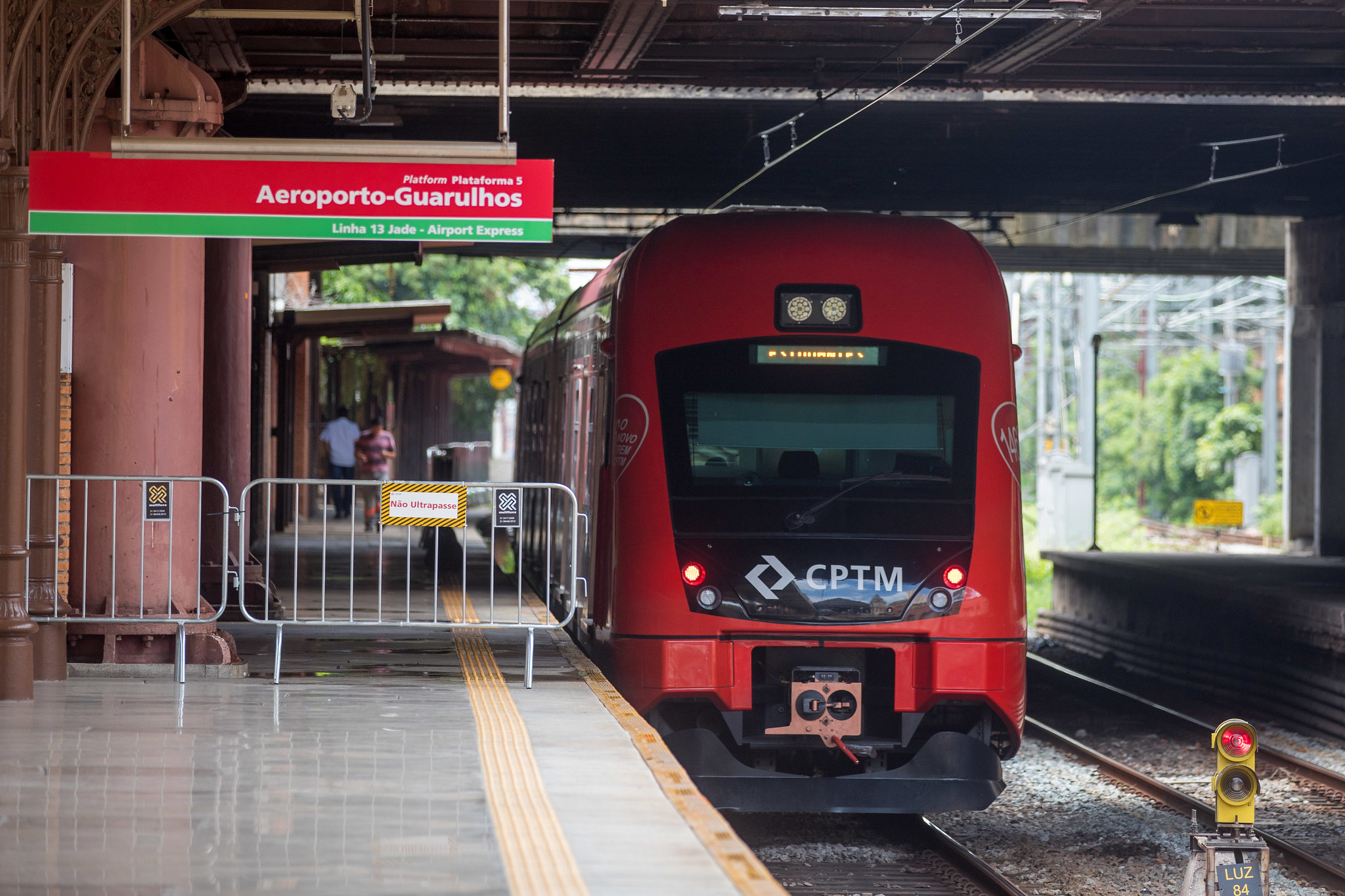161 results found
Featured results



More results
The policy framework for investment provides a systematic approach for improving investment conditions and a comprehensive checklist of key policy issues for consideration by any government interested in creating an enabling environment for all types of investment.

Infrastructure NSW works behind the scenes to support these goals. Since 2015, one of our major tools has been the Infrastructure Investor Assurance Framework (IIAF).

Procuring agencies will assess the early contractor involvement (ECI) procurement model as part of the procurement options analysis on complex major infrastructure projects, where there is significant unknown scope, risks or interfaces, or a need for accelerated delivery timeframes.

Design-build has been used in the private sector for decades, particularly in the industrial and process industries (often known as EPC or engineeringprocurement-construction). In executing their designbuild projects, private sector owners typically contract with their design-builders early in the project’s life.

A set of practice note encourages a staged assessment of the potential benefits from delivery of an early works packaging strategy to be undertaken early in the planning phase on all major infrastructure construction projects.

This resource consists of a variety of options available to address the principle as applicable to the particular circumstances of a project.

This document explains the stages of project development and the level of detail that may be confidently provided to the public at each stage.

Watch the seminar hosted by GI Hub in collaboration with the G20 Infrastructure Working Group (IWG) on Scaling up sustainable infrastructure investment by leveraging private sector participation, bringing together stakeholders from the public and private sectors, providing them with a platform to share their work and perspectives on how we can best address gaps in infrastructure investment
On 19 January, the Global Infrastructure Hub hosted a seminar in collaboration with the G20 Infrastructure Working Group (IWG) on ‘Scaling up sustainable infrastructure investment by leveraging private sector participation’.
To close the infrastructure gap in a sustainable recovery, we need more greenfield infrastructure, with environmental sustainability at its core. This requires innovative funding models and public-private partnerships (PPPs), particularly in emerging economies where private investors are more reluctant to invest and greenfield infrastructure need is greatest.
These documents are used if you’re doing an IPA review. You can also use these documents if you’re doing a non-IPA review, for example, any other government review or a medium risk review.

The Chicago Infrastructure Trust (CIT) was created in 2012 to provide focus and leadership to build a pipeline of executable public-private partnership projects to meet Chicago’s infrastructure needs, drive economic development, and create jobs.
Watch the GI Hub and Jacobs webinar ‘Global practices and insights for improving infrastructure delivery models.’ The discussion explored GI Hub's new initiative Improving Delivery Models and highlighted lessons learnt by stakeholders behind the Grand Paris Express, Sydney Metro and Toronto Metrolinx projects.
Cities are at the forefront of the pandemic crisis and are key players in the fight to achieve net-zero emissions targets. The recovery choices they make today will set urban agendas for years to come.
Coastline traffic in the State of São Paulo, Brazil, has overwhelmed road capacity. Three highway concession contracts were introduced, using a demand risk sharing mechanism and dynamic user fee model to attract private sector participation.
Pre-COVID-19, two Sao Paulo metro lines carried 1 million passengers daily. A demand sharing mechanism encouraged private sector investment in the concession contract.
Long term private investors have long started investing in those assets, but the potential - and the need - for more and better private investment remains huge. Drawing on the vast pool of experience and contributions of LTIIA members, this report analyses the current constraints and current challenges limiting institutional investors’ share of the market.

How can we drive infrastructure delivery reforms? Join GI Hub and Jacobs on 26 October for the launch webinar of our newest initiative, Improving Delivery Models.
Uganda is targeting a 22% emissions reduction from a business-as-usual scenario by 2030.
Uganda is targeting a 22% emissions reduction from a business-as-usual scenario by 2030. A run-of-river hydropower station project lowered energy costs and reduced greenhouse gas emissions.






 GI Hub Innovative Funding and Financing tool and case study library
GI Hub Innovative Funding and Financing tool and case study library







